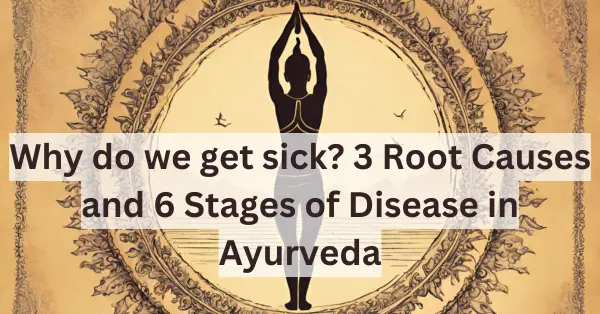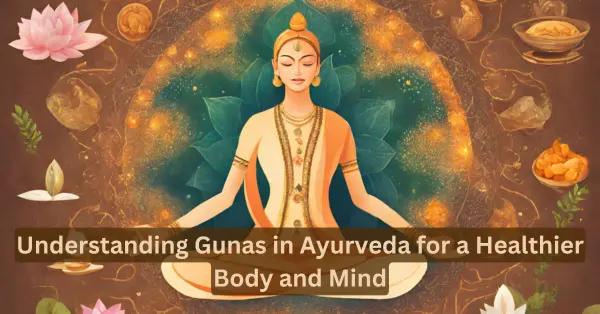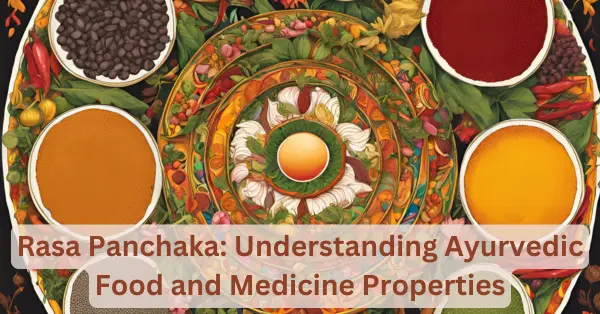Agni is a Sanskrit word which means fire. “There is a burning fire within us” or “The fire of life is burning low/high”. These age-old phrases or sayings are very valid in the context of what we are going to talk about today -the fire in our stomach- Jathragni.
Ayurveda mentions that we have 13 Agnis/biological fires or (you can vaguely say “enzymes” to understand it better) in our body. Without these essential fires, we would be a dead body in no time. These fires need to work properly for the maintenance and improvement of our health.
Agnis/fires are the enzymes or say endocrine factors responsible for all the digestive and metabolic functioning. Most of the diseases are due to imbalanced digestion. In the contemporary world, poor digestion is the number one root cause of diseases.
Out of these 13 fires, five are Bhutagnis, 7 Dhatu Agnis, and the most vital is Jathragni.
What is Jathragni?
We can define Jathragni as the chemical processes functional mainly in the gastrointestinal tract, directing basic and alimentary digestion. Some say Jathragni is HCl acid present in our stomach but that is partially true.
Why is it so vital?
If we have to answer that in one line-, it is functional in all the other 12 Agnis/fires. Responsible for digestion, absorption of all the nutrients, and formation of waste products.
Our complete digestion processes depend on it.
We can understand it this way; The Jathragni behaves in four ways depending on the constitution and health condition of the person-
1. Samagni
This is the state where a person has the balanced Agnis/fires with the balanced Vatta, Pitta, and Kapha Dosha. We can say that when all three doshas are balanced in the body, the Agnis are bound to be balanced. This is the ideal state everyone should have.
2. Mandagni
This state of Agni is due to excessive Kapha Dosha. Manda means low; people with excess Kapha have a low digestive fire. The digestion is slow and sluggish. As a result, the person feels dull and lethargic. After the meals, the Kapha person gets a heavy stomach with an overall heaviness.
FUN FACT: Small intestine is about 6 meters or 20 feet long while the large intestine is only 1.5 meters or 5 feet long.
3. Tiksnagni
It is a result of excessive Kapha Dosha. Jathragni becomes furious and creates a situation like an overheated furnace in the stomach. The person feels burning sensations, thirst, and acid indigestion. In extreme cases, Tiksnagani even burns up nutrients leading to malnutrition.
4. Visamagni
Unbalanced Vata Dosha creates a situation suitable for Visamagni. The digestion becomes highly irregular making the person feel bloated, weak, and uneasy all the time. Stools become hard due to dryness caused by the unbalanced dosha.
“Death dwells in the bowels”- An ancient European household saying sums up the concept very well. In other words, undigested food creates all the havoc, to keep the digestion well digestive fire/Jathragni has to function well, and for that, we have to take full responsibility for our health i.e. through physical exercise, yoga, meditation, eating clean/unprocessed and so on.
Moving on to…
Five Bhutagnis
Numbered after the Panchmahabhuts (The five basic elements) all the five Bhutagnis reside mainly in the liver. The whole universe is made up of these five basic elements so are we and our food. Bhutagnis metabolizes all five elements at the molecular level. These are also present in all the tissues as a form of heat for proper functioning and development of the tissues. Also, helps in the further decomposition of the substances.
Seven Dhatu Agnis
After the Bhutangis, Dhatu agnis comes into the play. These metabolize in the seven essential tissues (Plasma, Blood, Muscle, Fat, Bone, Marrow, and Reproductive fluids). This biochemical process is after the absorption of digested food including anabolic and catabolic activity affected by hormones and other enzymes.
Some people are ambiguous about the difference between pitta and Agni/fire. Pitta is the energy of fire and Agni is fire/biological fire itself. Pachka Pitta is called the ‘fire of digestion’, now one can argue that Pachka Pitta is equal to biological fire perhaps! This would be like comparing the flame of a candle to the sun. Pachka pitta plays an important role in the digestion of food but the biological fire controls the whole digestion and metabolic processes.
In a Nutshell
There is a fire in our stomach, our whole body has a fire (Bhutagnis and Dhatu Agnis) in it. These 13(1+5+7) Biological fires/enzymes are very vital for our well-being. Keeping these balanced is the ultimate way to stay healthy forever.
This fire in our stomach can be balanced by simple workouts (walking/Yoga/running etc.), eating clean, and living sensibly.





